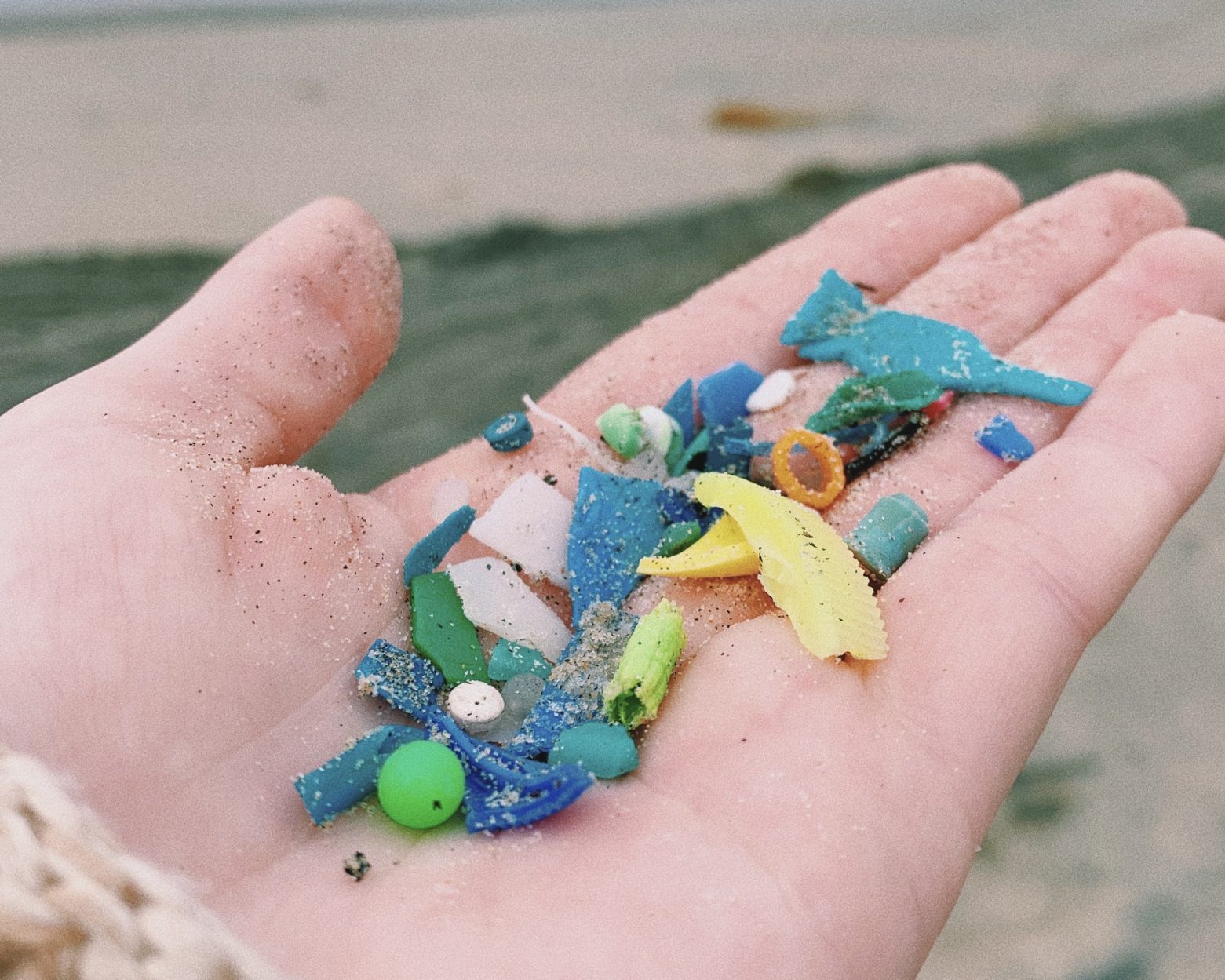Did you know that the average person ingests 100,000 pieces of microplastic per year? That number doubles if you drink bottled water.
What are microplastics?
Microplastics are small plastic pieces or fibers that are smaller than 5 mm in size. They come in many forms including beads, fragments, pellets, fibers, and more.
Microplastics are in our coastal waters, rivers, lakes, drinking water, and food. In addition to their impacts on wildlife (and not to mention, seafood!) they are detrimental to human health, as well.
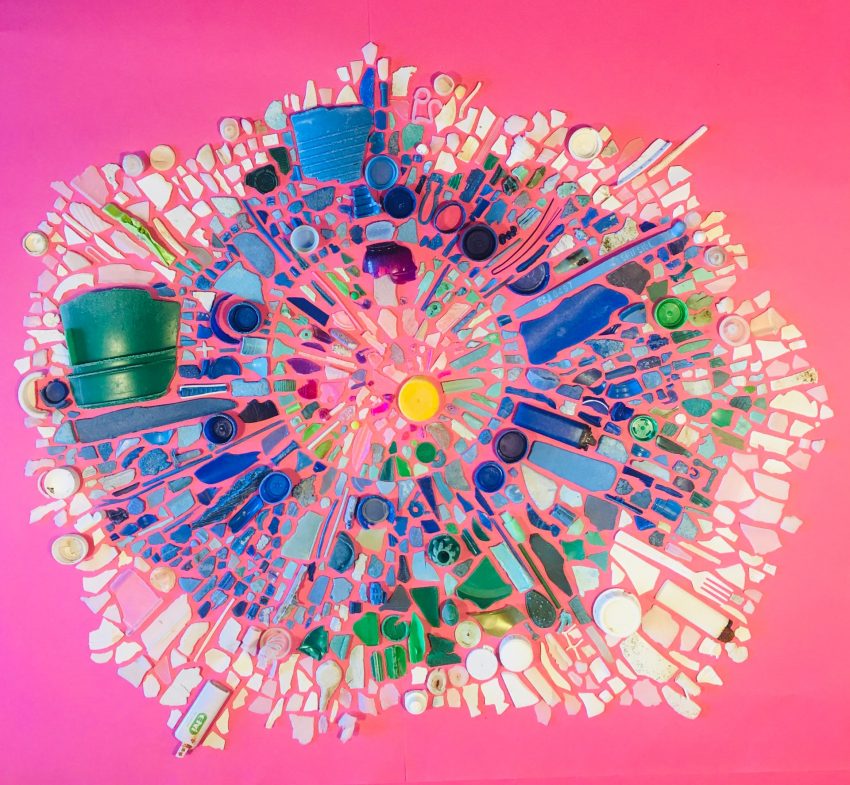
There are two types of microplastics:
Primary Sources
Primary sources are those which have been intentionally created and voluntarily added, a byproduct of some process, or through unintentional release.
- Microbeads for scrubbing in personal care products, cleaning products, etc.
- Normal wear and tear of synthetic items such as clothing, plastic-based paint, car tires, etc.
- Unintentional release during transport.
Secondary Sources
Secondary sources arise when larger pieces of plastic, or ‘parent’ plastics, break apart and fragment.
- Any plastic item in a waterway can be fragmented through environmental factors such as animal digestion, waves, sunlight, etc.
- Many biodegradable plastics will break into microplastics instead of disappearing completely.
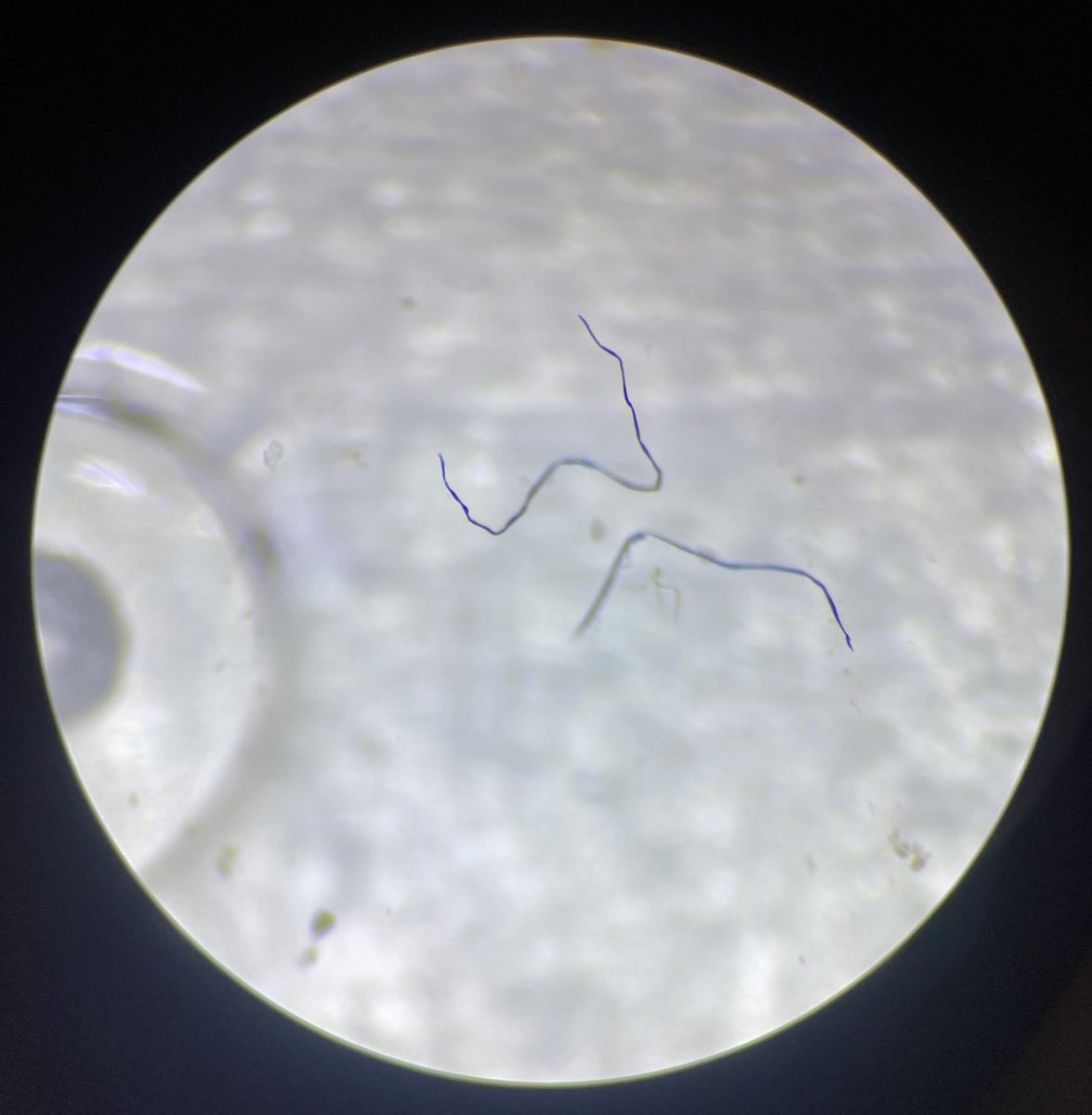
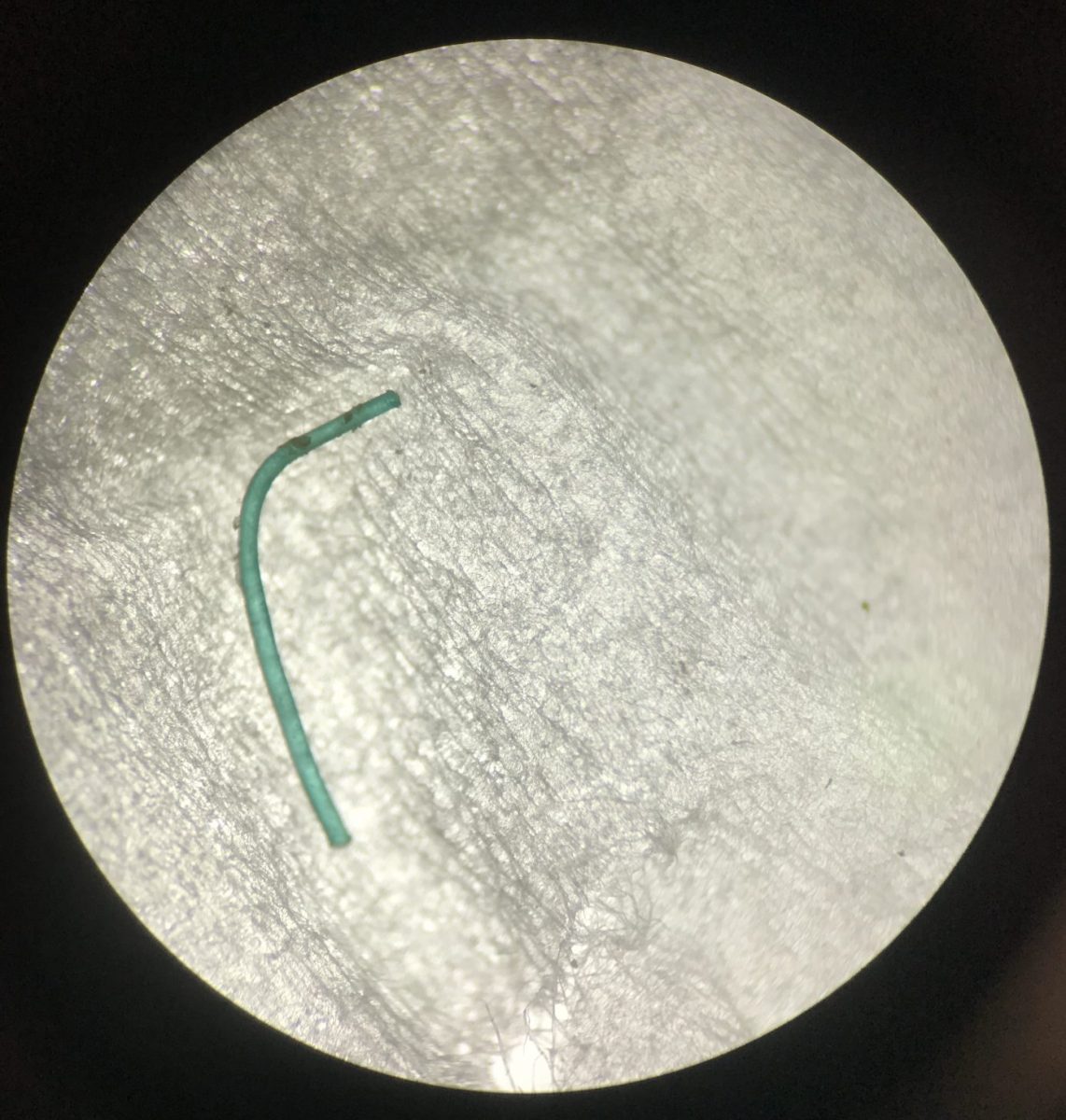
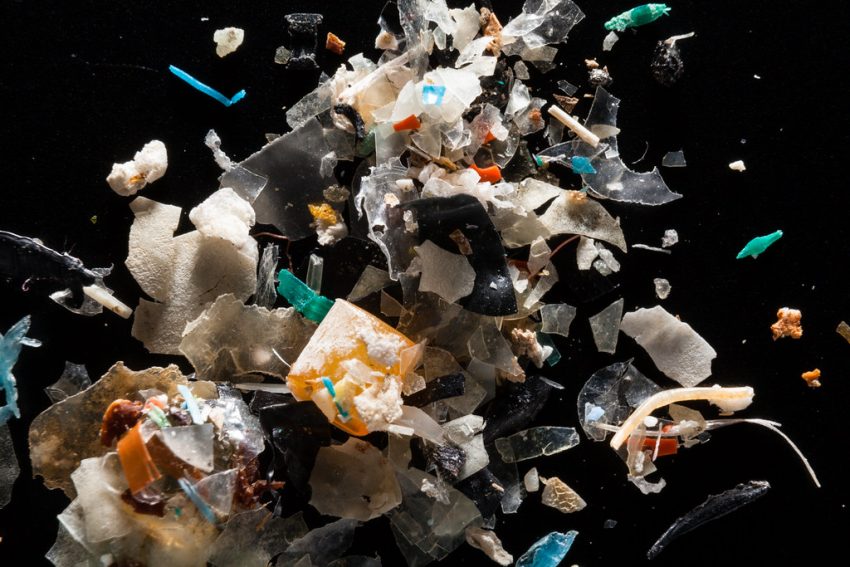
Microplastics pose many risks to both humans and wildlife.

Because of their small size, many animals mistake microplastics for food. From the tiniest zooplankton to the largest of whales, microplastics have been found in virtually every known marine organism. Even oysters and other shellfish have been found to contain microplastics. Microplastics have been found in waterways, soils, foods, and even in the atmosphere.
In addition to physical threats, chemicals, and toxic materials can attach to microplastic particles, furthering the risk to our environment, wildlife, and public health.
There are numerous cities, states, and countries which have begun implementing bans on different kinds of single-use plastics in an attempt to limit plastic waste.
This web page will provide the public and decision-makers with current information on microplastic research, as well as current and potential policy, regulatory, and legislative needs and actions. Please check back often as we work to inform and engage communities, leaders, and regulators to enable them to make informed decisions that restore and protect the health of our citizens and the environment.
Microplastics Resources
Articles and resources from around the web:
- Release of Oligometers from Polyester Textiles- When Nanoplastics aren’t What They Seem
- NOAA Microplastics Fact Sheet
- EPA State of the Science Report
- UNEP Microplastics Fact Sheet
- UNEP Global Assessment
- A Scientific Perspective on Microplastics in Nature and Society
- Plastic and Human Health: A Micro Issue?
- Microplastic Policy Inventory July 2021
- NC Microplastics Study
- NCSU Marine Microplastics Study
- Microplastics and Drinking Water
- Safe Drinking Water Foundation
- National Geographic
- From Fish to Humans, a Microplastic Invasion
- Microplastics are everywhere – but are they harmful?
- The Microplastics Crisis
- 10 worst single-use plastics and eco-friendly alternatives
- Single Use Plastics 101
- Microplastics in drinking water
- Your Plastic Diet

